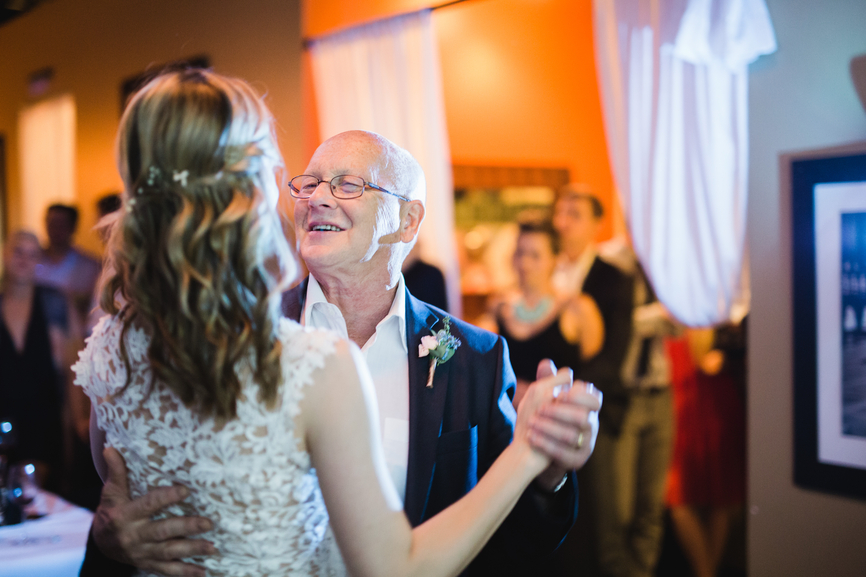Research has found that music and art therapies are opening pathways for communication with elderly patients living with numerous neurological conditions. Music can trigger memories from younger days and help seniors with dementia and Alzheimer’s disease express themselves and find joy in an otherwise isolating condition.
It has also been reported that patients who have not spoken in long periods of time will sing spontaneously when exposed to familiar music. In some cases, people with neurological disorders who have trouble walking are able to dance. A strong beat has been found to unlock the movements of otherwise stiff or immobilized Parkinson’s patients, according to York University neuroscientist Joseph DeSouza.
His research found that dancing uses brain structures outside the basal ganglia, which is associated with voluntary motor movements. Dancing can improve balance and gait long after the activity ends. It also may target dopamine-producing cells that are lost in Parkinson’s patients and therefore have the added benefit of improving mood.
With the senior population expected to double over the next 20 years, more research dollars are being directed towards funding brain health. The federal government of Canada has allocated $42 million over five years to help fund research at the Baycrest’s Centre for Aging and Brain Health in Toronto.
Baycrest provides a wealth of information and support for the aging community including dance and movement therapy programs. Canada’s National Ballet School has partnered with Baycrest to provide a program for seniors which explores the connection between mind and body. Dancing with Parkinson’s is a Toronto based dance class for anyone with movement challenges, it offers instruction both seated and standing.
A new study from Montreal General Hospital researcher Dr. Rios Romenets, followed 40 Parkinson’s patients over 12 weeks who took tango classes twice a week. The dance, which requires concentration to learn the steps and keep pace with tempo changes, was found to significantly improve balance and mobility.
For more information about the Montreal study visit www.complementarytherapiesinmedicine.com and for information about research, support and programs at Baycrest, visit www.baycrest.org .






Add Your Voice
0 Comments
Join the Discussion